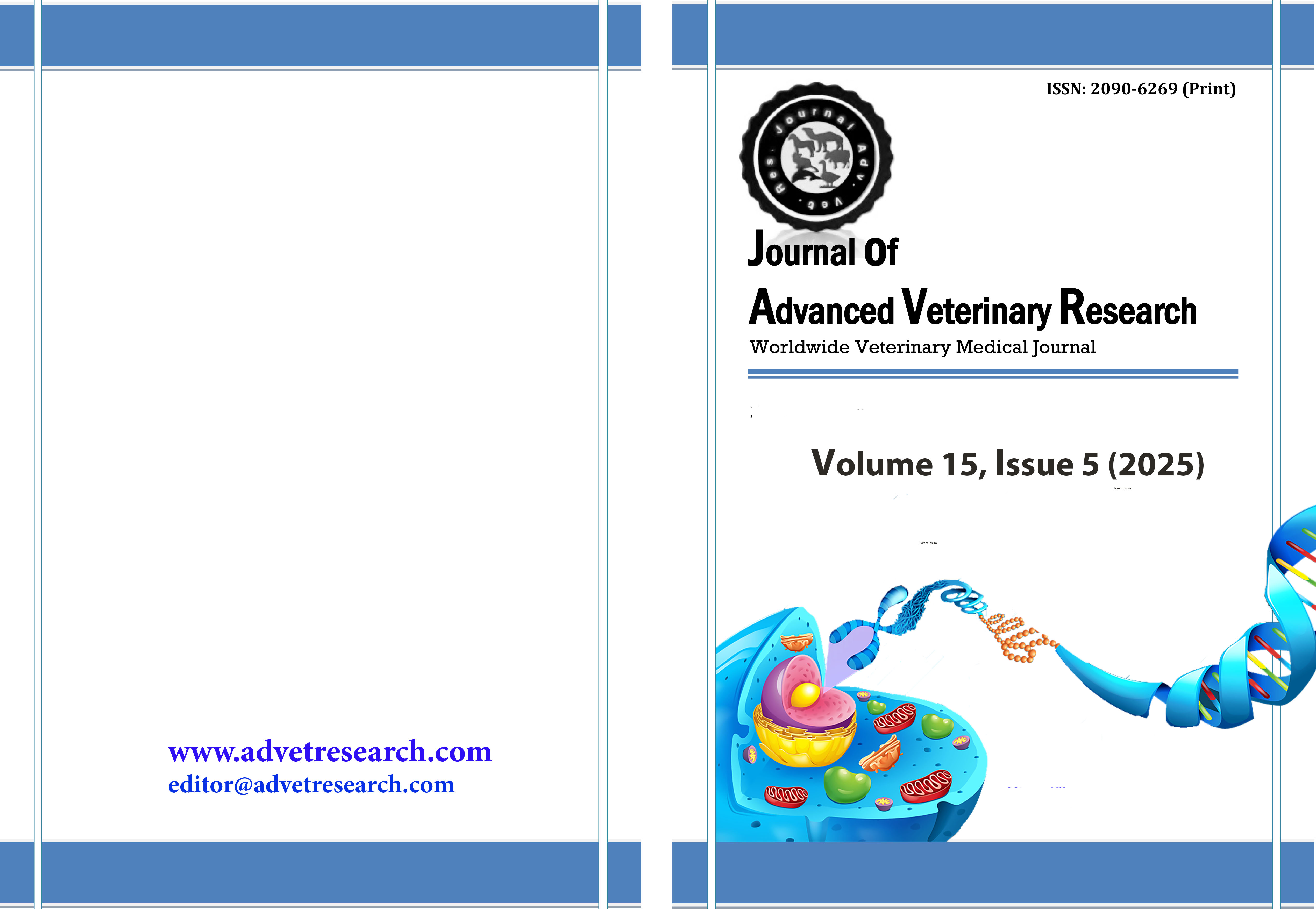Carcass production and physical meat characteristics of local rams fed with noni (Morinda citrifolia) seed flour on different levels
Keywords:
carcass production, diet supplementation, noni seed flour, Local Ram, physical meat characteristicsAbstract
This study evaluated effect of noni seed flour (NSF) on the physical characteristics of local ram meat. Twenty thin-tailed rams (aged 3-4 months) with an initial body weight (BW) of 12.43 ± 1.36 kg (CV = 10.95%) were designed in a completely randomized design (CRD) with four treatments and five replicates: T0 (control feed), T1 (90% control feed + 10% NSF), T2 (80% control feed + 20% NSF), and T3 (70% control feed + 30% NSF). Physical meat characteristics analyzed of the Longissimus dorsi (LD) and Biceps femoris (BF). ANOVA was used to analyze data at the 5% significance level, followed by Duncan's multiple range test (DMRT) when significant differences were found. The results showed that the diet did not significantly affect pH, water-holding capacity (WHC), or cooking loss (CL) of LD and BF. However, meat tenderness was significantly affected. LD muscle in T3 (2.56 kg/cm²) was significantly higher (P < 0.05) than in T1 (2.63 kg/cm²) and T0 (2.65 kg/cm²) but not significantly different from T2 (2.58 kg/cm²). Similarly, BF muscle in T3 (2.58 kg/cm²) and T2 (2.59 kg/cm²) was significantly higher (P < 0.05) than in T1 (2.64 kg/cm²) and T0 (2.65 kg/cm²). Average pH, WHC, and CL of LD were 5.43, 30.52%, and 27.57%, respectively, for BF were 5.44, 30.56%, and 27.88%. In conclusion, incorporating up to 30% NSF in the diet does not affect carcass quality and can serve as a carbohydrate source. Additionally, increasing NSF level in the diet tends to enhance meat tenderness.
Downloads
Published
How to Cite
Issue
Section
License
Copyright (c) 2025 Journal of Advanced Veterinary Research

This work is licensed under a Creative Commons Attribution-NonCommercial-NoDerivatives 4.0 International License.
Users have the right to read, download, copy, distribute, print, search, or link to the full texts of articles under the following conditions: Creative Commons Attribution-NonCommercial-NoDerivatives 4.0 International (CC BY-NC-ND 4.0).
Attribution-NonCommercial-NoDerivs
CC BY-NC-ND
This work is licensed under a Creative Commons Attribution-NonCommercial-NoDerivatives 4.0 International (CC BY-NC-ND 4.0) license




